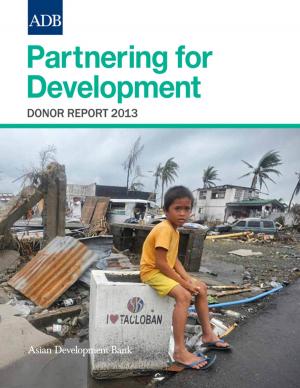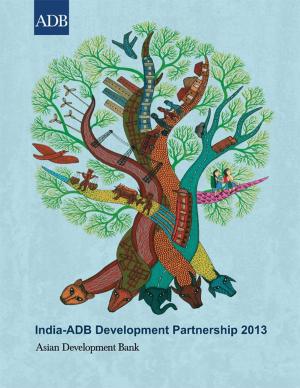The National Qualifications Framework for Skills Training Reform in Sri Lanka
Business & Finance, Business Reference, Education| Author: | Asian Development Bank | ISBN: | 9789290922513 |
| Publisher: | Asian Development Bank | Publication: | March 1, 2011 |
| Imprint: | Asian Development Bank | Language: | English |
| Author: | Asian Development Bank |
| ISBN: | 9789290922513 |
| Publisher: | Asian Development Bank |
| Publication: | March 1, 2011 |
| Imprint: | Asian Development Bank |
| Language: | English |
The National Vocational Qualifications Framework of Sri Lanka was developed in conformity with the socioeconomic milieu and the needs of the labor market with the participation of industry stakeholders. It has enhanced the role of the government in policy and regulation, and the role of the private sector in providing skills training. A unified system with seven levels covering 96 occupations at the craft level, 14 fields at the middle technician level, and 4 courses of study at the degree level, it has reduced the complexity and ambiguity of training and selecting competent workers. This publication describes the progress and challenges in developing, implementing, and monitoring this ambitious scheme, with lessons for developing skills qualification frameworks in other countries.
The National Vocational Qualifications Framework of Sri Lanka was developed in conformity with the socioeconomic milieu and the needs of the labor market with the participation of industry stakeholders. It has enhanced the role of the government in policy and regulation, and the role of the private sector in providing skills training. A unified system with seven levels covering 96 occupations at the craft level, 14 fields at the middle technician level, and 4 courses of study at the degree level, it has reduced the complexity and ambiguity of training and selecting competent workers. This publication describes the progress and challenges in developing, implementing, and monitoring this ambitious scheme, with lessons for developing skills qualification frameworks in other countries.















